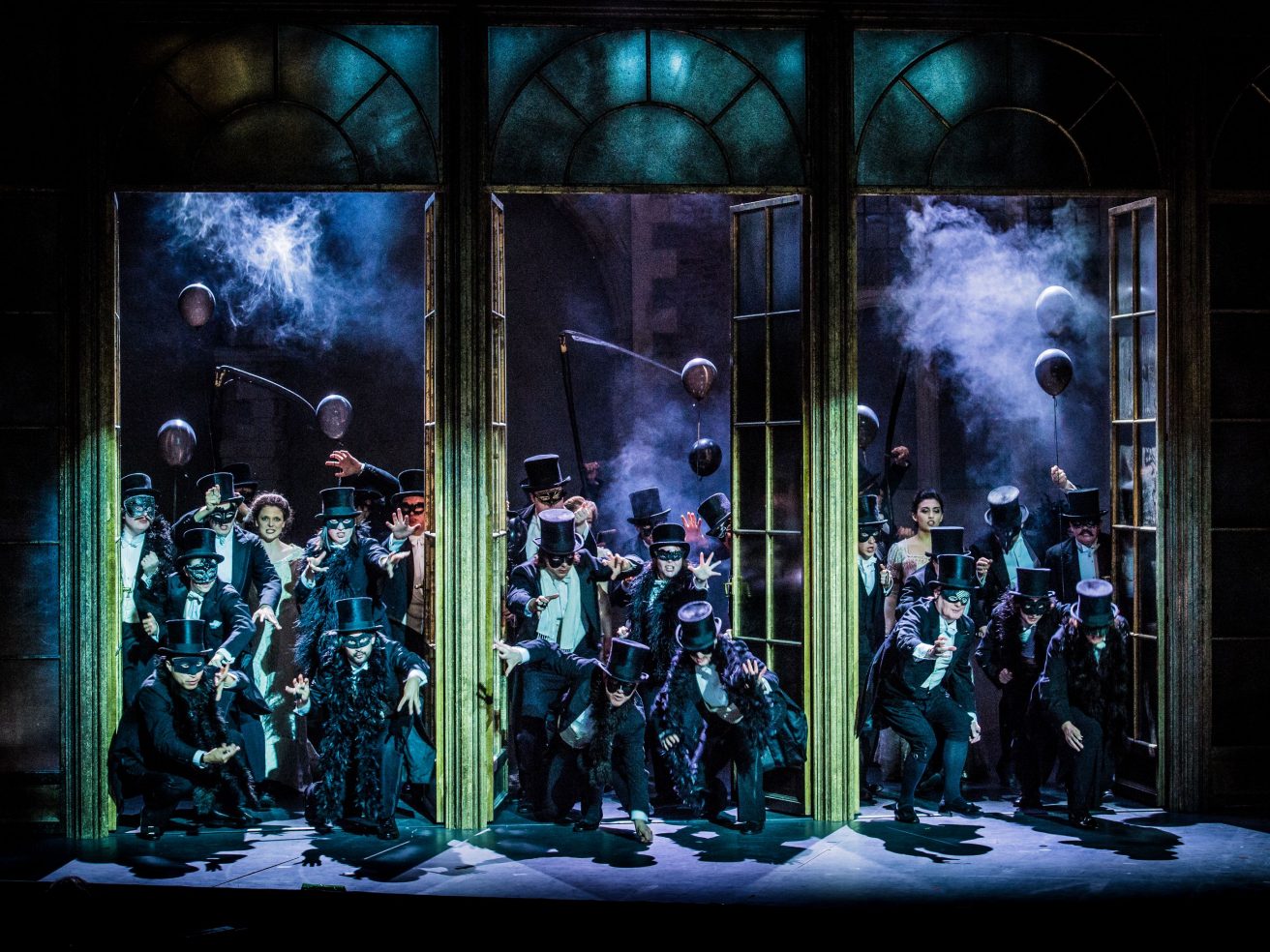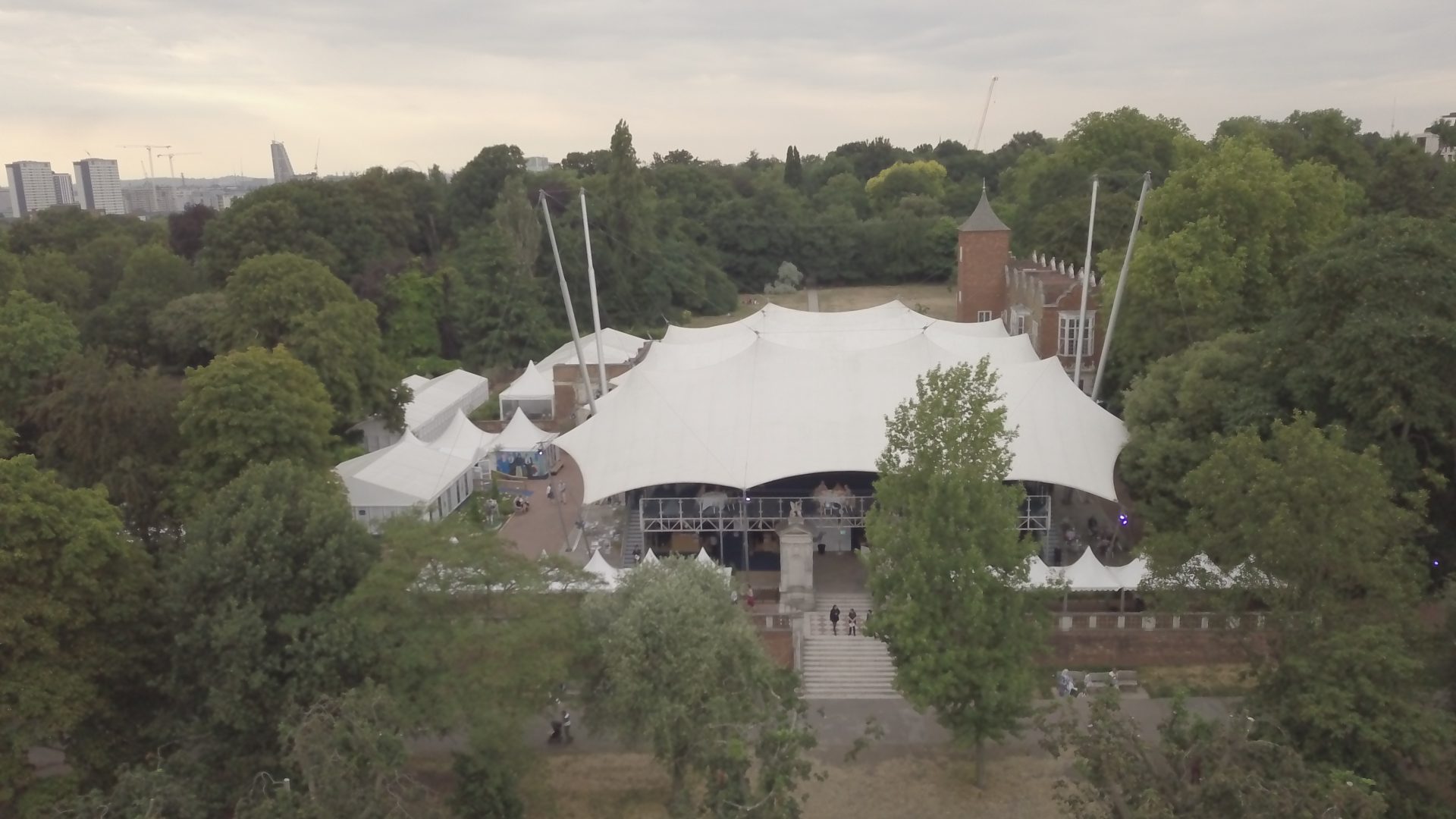From the bawdy backstage antics of the opening scene to the plushly-upholstered living room of the third act, Leoncavallo’s Zazà (1900) is almost uniquely marked by a concern with the presentation of everyday life, and above all with the domestic dramas of its principal characters. While other urban operas from the period also set in Paris – such as Puccini’s La bohème or Charpentier’s Louise – make dramatic use of the theatrical sights and sounds of the city, Zazà instead takes place entirely indoors, and in doing so emphasises the ordinariness of the action portrayed on stage. But alongside this pervasive realism, there runs a complementary concern with the sheer act of singing, and the passions it both inspires and expresses. What role can there be for singing in this newly ‘realistic’ opera, in which characters do their laundry, check their post and even work as firemen? And how can the headily romantic, stereotypically ‘operatic’ passions of the lyric theatre be reconciled with the duties of bourgeois life? In Zazà these questions are brought together in the figure of the title character: a music hall singer who regales the audience with song in the first act café scene, but whose affair with an older man runs aground on the discovery that he is married with a young daughter – a figure whose innocence is highlighted by her use of ordinary speech. Compelled by her conscience to end the affair, Zazà’s seductive vocal powers are defeated by the spoken language of a young child, in an ending that seems simultaneously to relish old-fashioned operatic melodrama, yet present it as something sadly and inevitably on the way out.
Leoncavallo’s opera thus frames a basic question about the tenability of opera at a time when writers, artists and musicians alike were evermore preoccupied with the accurate representation of reality. The beginning of this movement in Italian opera is usually singled out as the premiere of Mascagni’s Cavalleria Rusticana in 1890, a one-act opera which the composer penned for a competition run by the Sonzogno publishing house, and that depicts romantic rivalries amongst a peasant community in rural Sicily. Mascagni took for his source material a popular play by Giovanni Verga, and the ‘verismo’ – or ‘realist’ – label attached to Verga’s works soon began to be applied to Mascagni’s own opera. Seeking to emulate Mascagni’s success, Leoncavallo left aside a planned triptych of operas on historical themes in order to compose Pagliacci (1892), which tells a similar tale of romantic jealousy amongst a theatrical troupe in southern Italy. Offstage life and onstage performance become tragically blurred in the final scene, as the jealous Canio murders his wife Nedda and her lover Silvio in front of a cheering audience who are thoroughly taken in by what they believe to be theatrical illusion. In composing Zazà several years later, Leoncavallo returned to these themes of adultery and the intertwining of art and reality, but in a work that is both more extravagantly operatic and also more skeptical about the capacity for song to triumph over the pressures of ordinary life at the fin-de-siècle.
The story of Zazà began life as a theatrical play starring Sarah Bernhardt and written by Charles Berton and Pierre Simon (1896), which soon travelled the western world eliciting outrage and excitement at every turn. The play’s depiction of a conflict between decadence and social respectability was perfectly attuned to debates about appropriate behaviour at a time when women’s liberation movements were beginning to gather steam, and Zazà’s scandalous lifestyle brought into question the precise limits of women’s freedom. In adapting the play, Leoncavallo toned down some of the more provocative elements of Zazà’s character and increased the role of Zazà’s mother, who in the opera becomes a reckless alcoholic whose maternal irresponsibility serves as a motivation for Zazà’s eventual pangs of conscience. The play’s French setting doubtless also appealed to the composer’s established fascination with the Parisian demimonde, which he had already displayed in his own version of La bohème. Paris, still the epitome of modernity for late nineteenth-century Italian audiences, captured the minds of numerous composers of Leoncavallo’s generation, and was a world which he had experienced first-hand working as a café pianist and vocal coach during his youth. The strains of the music-hall and café would work their way into the opera’s opening scene and via the numerous waltzes jotted throughout the score, positioning the opera in some ways closer to operetta than tragic melodrama – at least, that is, until the mood darkens towards the conclusion of the second act.
Beyond its theatrical incarnations, the story of Zazà was also the source for a number of silent films – including one starring Gloria Swanson – as well as a classic sound version from 1939 directed by George Cukor and featuring Claudette Colbert. At once emphatically modern and yet highly familiar from countless nineteenth-century tales of the ‘fallen woman’, the character of Zazà was by 1900 therefore an ideal figure for an exploration of how opera might accommodate the demands of realist drama. Caught between myth and reality, song and speech, Zazà might in many ways seem an apt metaphor for opera itself during the verismo boom years.
One of the most striking aspects of Zazà is indeed the way that musical performance itself is repeatedly presented as part of the drama, and stage music, speech and ordinary operatic singing jostle up against one another. The opening scene is filled with offstage music, including Zazà’s own cabaret performance, and this trend reaches its peak in the young Totò’s piano recital in the third act – a moment when the audience not only experiences a self-contained performance as part of the drama, but a performance of a piece they might themselves already be familiar with and have performed as part of a bourgeois upbringing. In that respect, Zazà invites comparison not only with Pagliacci, but with many other contemporary Italian operas (most famously Tosca) that also feature important moments of musical performance within the story. As musicologist Arman Schwartz has argued, such scenes potentially enabled composers to smuggle old-fashioned set-pieces back into operas dominated by realistic effects – a way to get some unambiguously operatic singing back into the theatre amidst the speech-like qualities of much verismo opera. Yet as Schwartz suggests, this emphasis upon musical performances also underlines the problematic position of singing more generally in newly realist opera: its status as something seductive but ultimately irrelevant, that indeed risks sounding ridiculous in a realist context. Even Puccini worried, after all, that an aria as captivating as ‘Vissi d’arte’ did in some ways hold up the plot and perhaps ought to be omitted entirely in order to push on the drama. If even classic arias are potentially disposable, then, can operatic singing itself survive within the new craze for realism on stage? This anxiety is one which Zazà – like Tosca – implicitly seems to play out on the level of story, as the titular singer and persistent fantasist eventually becomes aware of the truth of her situation: a realisation that also marks the tragic end of her opera.
These scenes of music-making are complemented in Zazà by several episodes that portray a sense of frustrated desire – ones that echo the insurmountable division between Zazà and Milio’s social worlds. Windows feature prominently in both the second and fourth acts, for example, and the use of offstage music likewise creates a sense of frustration for audiences in the theatre who are unable to witness a given performer’s singing. This dual concern with performance and desire reaches its peak in the third act confrontation scene. When Zazà meets Milio’s daughter, Totò, the angelic child’s otherworldly speech forces Zazà to accept the distance between her romantic fantasies and everyday reality. Divided from Totò by social class, moral worth, and their respective sound worlds, Zazà eventually laments her suffering in a tragic aria accompanied by a full orchestra, while Totò plays the piano quite unaware of the situation around her. For one brief moment, operatic singing and bourgeois respectability – fantasy and reality – are brought painfully together, as Zazà realises that she must bow before social convention and moral duty, and end her affair with the child’s father. Before speech, song must be silent.
Such a conclusion appears oddly prescient in light of the work’s subsequent performance history. Premiered at the Teatro Lirico in Milan on 10 November 1900, the opera’s first performances starred Rosina Storchio, who had also premiered Leoncavallo’s La bohème and would go on to appear in Madama Butterfly (1904) in the disastrous opening night of Puccini’s opera. Zazà’s premiere was conducted by Arturo Toscanini, and despite some concerns about the opera’s length the work was broadly judged a success by Italian critics. Within the next 18 months the opera had appeared in Turin, Palermo, Antwerp, and Genoa, and by the end of 1906 the work had also been heard in Vienna, Munich, Berlin, and Amsterdam on a tour conducted by the composer, and had been greeted enthusiastically by audiences. The Parisian premiere in 1905 was less warmly received, however, with numerous critics condemning the opera, and a celebrated series of performances at New York’s Metropolitan Opera House in the 1920s relied upon the star soprano Geraldine Farrar to secure the show’s critical success. ‘This opera is, from a purely musical point of view, a dismal bore’ commented critic H.T. Finck, echoing many other writers who dismissed the opera as a second-rate version of La traviata. After 1922, Zazà disappeared from the Met stage and likewise slipped from the repertory of the world’s opera theatres. Two years later, Puccini died and so did the great Italian operatic tradition in the eyes of many contemporary (and modern-day) commentators. Overcome by the winds of aesthetic change, and with audiences newly infatuated with the spectacular – and spectacularly realistic – possibilities of cinema, an art form rooted in extravagant singing could simply not survive.
Yet listening to Zazà now we might instead delight in the ease with which Leoncavallo spins out an array of charming melodies – particularly Zazà and Cascart’s first act duet, Milio’s aria, and the scene with Totò – and the careful way that thematic reminiscences are used to structure Zazà’s growing awareness of reality. Less apprehensive about the operatic future – and perhaps less anxious about the difficulties posed by operatic realism – we might likewise appreciate the opera’s highly sophisticated treatment of different mimetic registers, and the subtle way in which Cherubini’s work is incorporated into Leoncavallo’s score. Although Zazà may never win the vast popularity of Pagliacci or Puccini’s own works, the opera’s many qualities will not be lost on those who, like Cascart, forget about her fallen past and instead embrace the beauties of her present.
Originally printed in Opera Holland Park’s 2017 Season Programme Magazine


